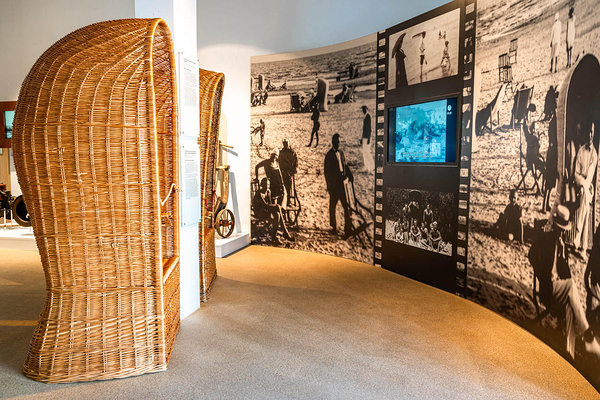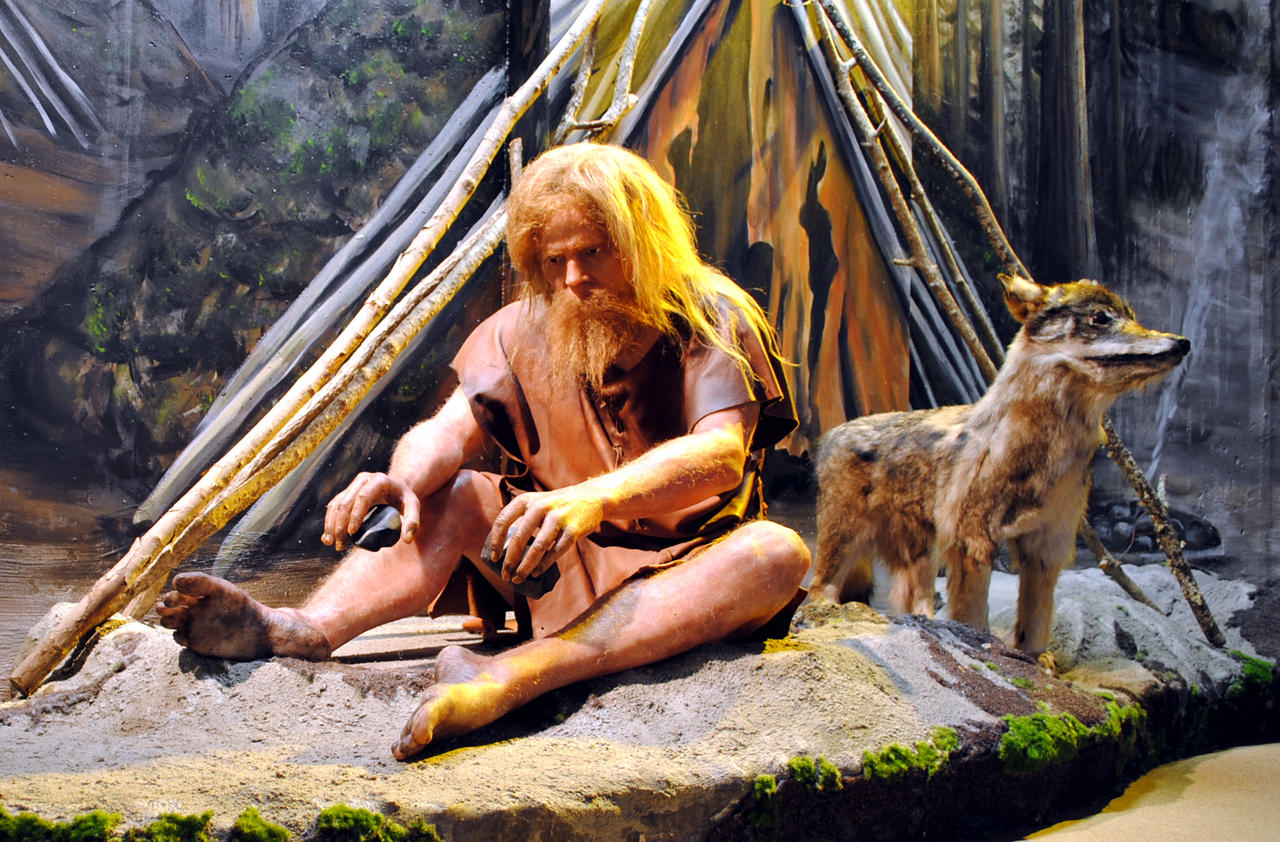PERMANENT EXHIBITION
11 000 Years of History
Experiences from the PastThe main exhibit shows local developments from Neolithic times right up to the late 1980s and includes a mini-cinema showing archival films.
Our pride and joy is the so-called 'Stone Age Madonna'. At more than 8000 years old, it is the oldest known human-shaped sculpture in the Scandinavia and Baltic Sea area. Other star attractions include a fragment of a 14th-century merchant ship and a glass floor that lets you look down onto archaeological remnants of one of the town's historic gates, which let through all the people and goods from New Pärnu port to the Hanseatic city.
Exhibition "Kullakördi kudujad"
Traditional folk costumes and rarities of the Pärnu County
February 21 –
May 25
Extended until June 6
This exhibition showcases the historical areas of Pärnu County along with the regions added by the recent administrative changes. Clothing pieces from the museum's ethnographic collection are arranged by parish. You may also find complete sets created created in recent years and more modern folk costumes made for local choirs.
Curator: Kristiina Vunk
Designer: Indrek Aija
Exhibition "The Birth of the Republic of
Estonia”
The Fate of 12 School Girls
February 21 –
May 25
On February 23, 1918, at eight o'clock in the
evening, the "Manifesto to the People of Estonia", which was also the
proclamation of the Republic of Estonia, was read out publicly for the first
time from the balcony of the theatre “Endla” in Pärnu. The blue-black-and-white
ribbons made for that occasion were the first symbols of the citizens of the
Republic of Estonia.
The ribbons were made and distributed by the
graduating students of Pärnu Girls' Gymnasium, who represented the pro-Estonian
part of the students who remained in place despite the war.
A photographic record of twelve girls gives a
face to a major historical event.
The exhibition gives a brief overview of the
fate of girls in the newborn Republic of Estonia. We find out who had a short
life, who lived to be 93 and saw the Republic restored, who escaped by boat to
Sweden, who was deported to Siberia, who became one of the first female lawyers
in Estonia and who became a world champion in bridge game.
Curator: Kristiina Vunk
Designer: Indrek Aija
Designer: Indrek Aija
Exhibition of Estonian State Decorations
February 7 – May 25
In 1936, a comprehensive Estonian state decorations system was established by decree of the State Elder. Under this decree, Estonian state decorations also included, in addition to the Cross of Liberty, the Order of the Estonian Red Cross and Order of the Cross of the Eagle. This created an integral but relatively complicated decorations system whose goal was to define more precisely services rendered in the field of national defence as well as for building state structures, and humanitarian services.
In addition to previously mentioned decorations, the exhibition showcases the Cross of Terra Mariana, Order of the National Coat of Arms, military decorations of the Cross of the Eagle, and many more.

-1_large.jpg)



